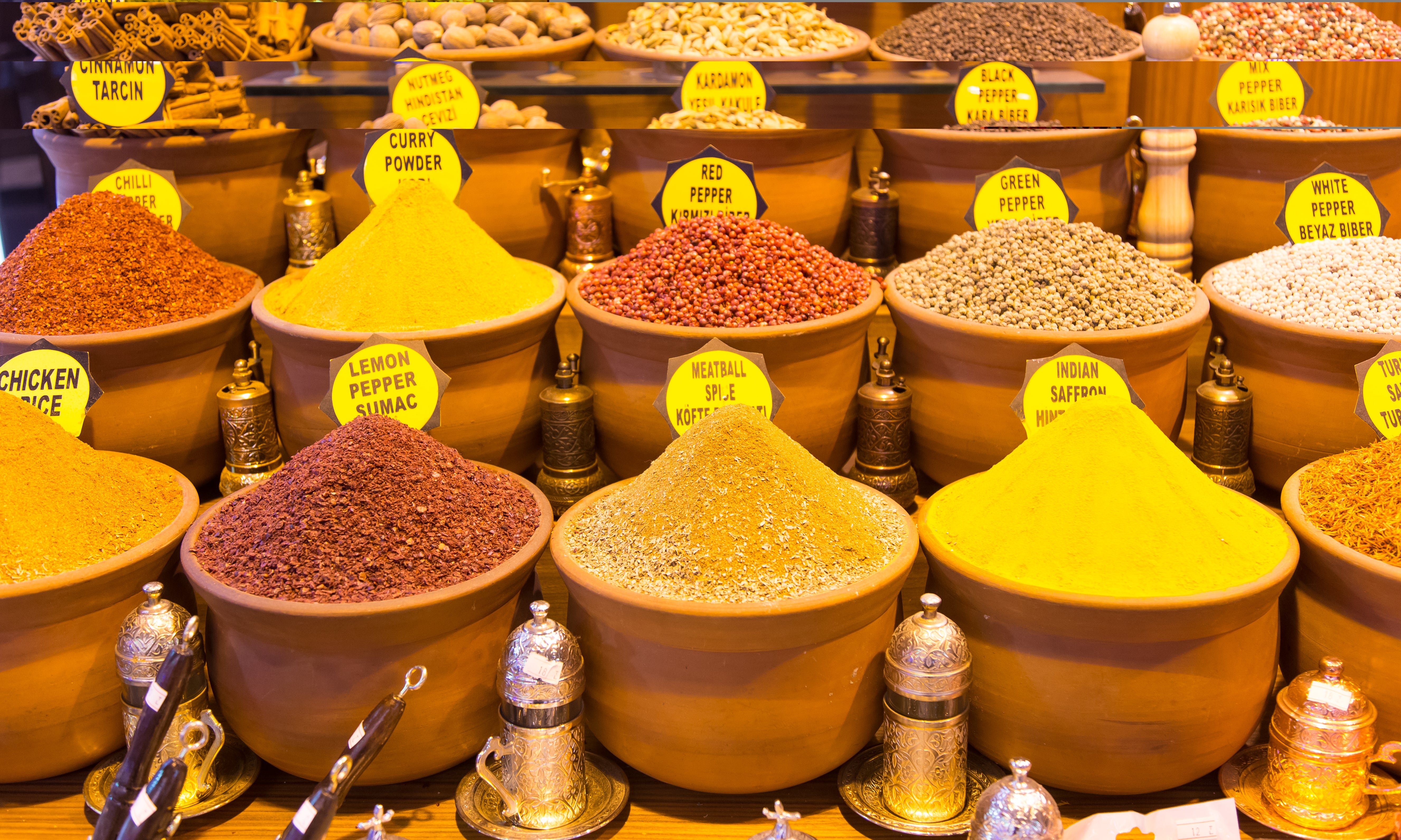
Embarking on Spice Trails: Unraveling the Tapestry of Europe's Culinary and Cultural History
The history of the spice trade is a fascinating journey that intertwines with the fabric of European history. From the alluring aromas of exotic spices to the economic and cultural transformations they triggered, the spice trade played a pivotal role in shaping the course of European civilization.
Early Spice Trade Routes
Long before the age of European exploration, the Silk Road served as the conduit for the first whispers of spice-laden breezes to reach the European continent. Spices from the East, including cinnamon, pepper, and cloves, embarked on a journey that would forever alter the culinary landscape of Europe.
Emergence of European Spice Trade
As the Renaissance dawned, so did a fervent interest in the exotic. European powers sought direct routes to spice-rich lands, driven not only by the allure of rare flavors but also by the prospect of substantial profits. Merchants and explorers alike ventured into the unknown, forging new pathways to the spice havens of the East.
Spices and Culinary Revolution
The infusion of spices into European cuisine was nothing short of revolutionary. Previously bland and monotonous dishes transformed into sensory delights, captivating the palates of nobility and commoners alike. The spice trade became not just an economic venture but a cultural exchange that added depth and complexity to European kitchens.
Colonial Expansion and the Spice Trade
The age of colonialism witnessed European powers establishing footholds in spice-producing regions. Colonies in Asia, Africa, and the Americas became integral to the spice trade, fueling economic growth and geopolitical rivalries that would echo through the centuries.
Challenges and Competition
However, the spice trade was not without its challenges. Intense competition among European powers, piracy, and logistical hurdles tested the resilience of those involved. The quest for dominance over spice routes fueled conflicts that shaped the destinies of nations.
Golden Age of Spice Trade
The zenith of the spice trade saw unprecedented prosperity. Spice-laden ships crisscrossed the seas, creating a global network of trade that connected continents. This golden age left an indelible mark on European history, with cities such as Venice and Lisbon becoming epicenters of wealth and cultural exchange.
Decline of the Spice Trade
Yet, like all epochs, the spice trade experienced a decline. Shifting trade dynamics, the opening of new maritime routes, and geopolitical shifts contributed to a reconfiguration of the spice trade map. The once-mighty trade routes gradually faded into historical memory.
Legacy of the Spice Trade
The legacy of the spice trade endures in the very essence of European culture. From the spices that continue to grace our kitchens to the architectural remnants of spice trade wealth, the impact is omnipresent. The spice trade laid the foundation for modern trade practices and left an indelible mark on the rich tapestry of European civilization.
Spice Trade in Different European Countries
Each European country brought its unique flair to the spice trade. Spain, Portugal, the Netherlands, and England each carved their niche, contributing to the mosaic of European spice commerce. The distinct adaptations and approaches of these nations added a dynamic element to the spice trade's narrative.
Cultural Exchange and Spice Trade
Beyond commerce, the spice trade facilitated a profound cultural exchange. Ideas, technologies, and traditions flowed along with the spices, creating a melting pot of influences. The synthesis of diverse cultures laid the groundwork for the multicultural societies we know today.
Spice Trade Routes Map
Visualizing the intricate web of spice trade routes enhances our understanding of its magnitude. From the Mediterranean to the Far East, the map illustrates the interconnectedness of civilizations and the impact of spice trade on global history.
Notable Spices and Their Origins
Delve into the origins of key spices such as nutmeg from the Banda Islands and saffron from the Middle East. Understanding the regions that gifted these treasures adds depth to our appreciation of their historical and culinary significance.
Modern Reflections on the Spice Trade
In the 21st century, the spice trade's echoes resonate in our kitchens, markets, and global trade networks. The demand for exotic spices persists, and the lessons learned from the spice trade era continue to shape our approach to international commerce and cultural appreciation.
Conclusion
In concluding our exploration of the history of the spice trade in Europe, it's evident that this chapter is not just a tale of commerce but a saga of cultural interweaving, economic transformation, and culinary evolution. The spice trade's enduring legacy is etched into the very identity of Europe and the world.
Frequently Asked Questions
-
Were all spices equally sought after in the European spice trade?
- No, certain spices, such as pepper and cinnamon, held greater allure due to their scarcity and unique flavors.
-
What were the main challenges faced by European merchants in the spice trade?
- Challenges included competition among European powers, piracy, and logistical issues in navigating treacherous routes.
-
How did the spice trade influence European cuisine?
- The spice trade revolutionized European cuisine by introducing a variety of exotic flavors and ingredients, transforming traditional dishes.
-
Which European country had the most significant impact on the spice trade?
- Various European nations played crucial roles
